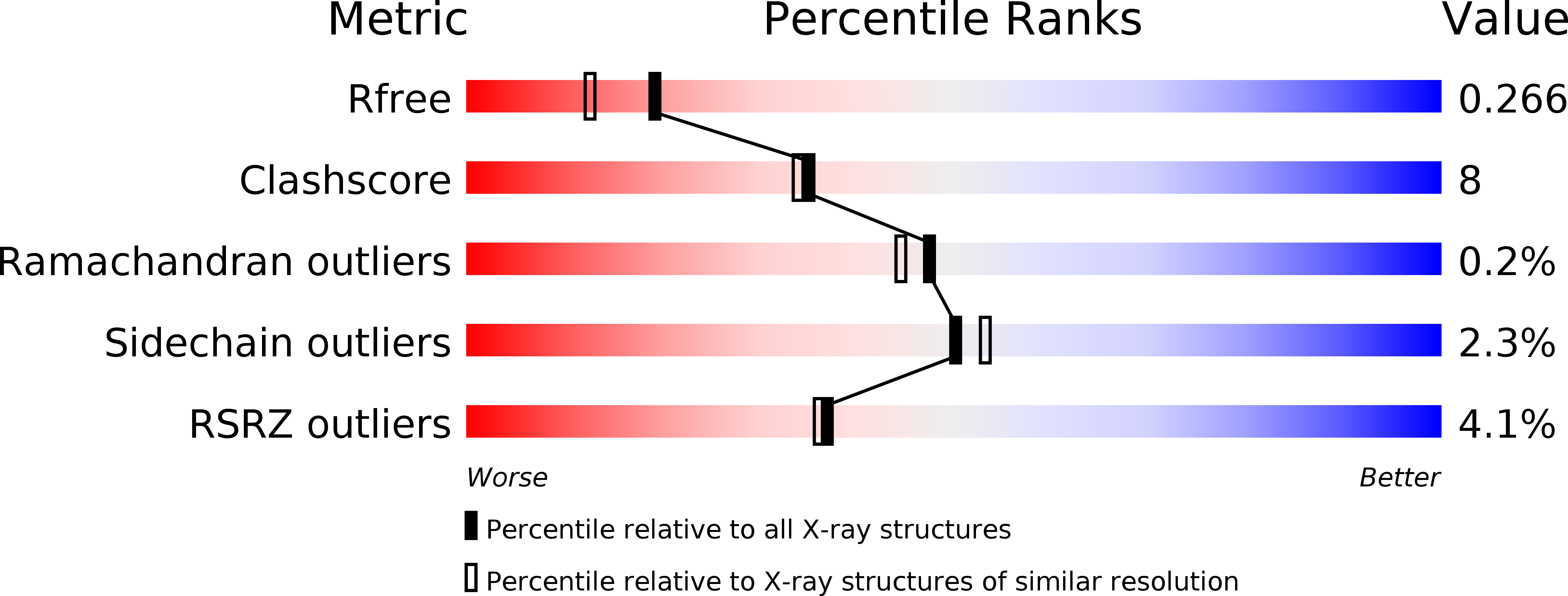
Deposition Date
2011-04-12
Release Date
2011-05-04
Last Version Date
2024-02-28
Entry Detail
PDB ID:
3RHX
Keywords:
Title:
Crystal structure of the catalytic domain of FGFR1 kinase in complex with ARQ 069
Biological Source:
Source Organism:
Homo sapiens (Taxon ID: 9606)
Host Organism:
Method Details:
Experimental Method:
Resolution:
2.01 Å
R-Value Free:
0.26
R-Value Work:
0.20
R-Value Observed:
0.20
Space Group:
C 1 2 1


